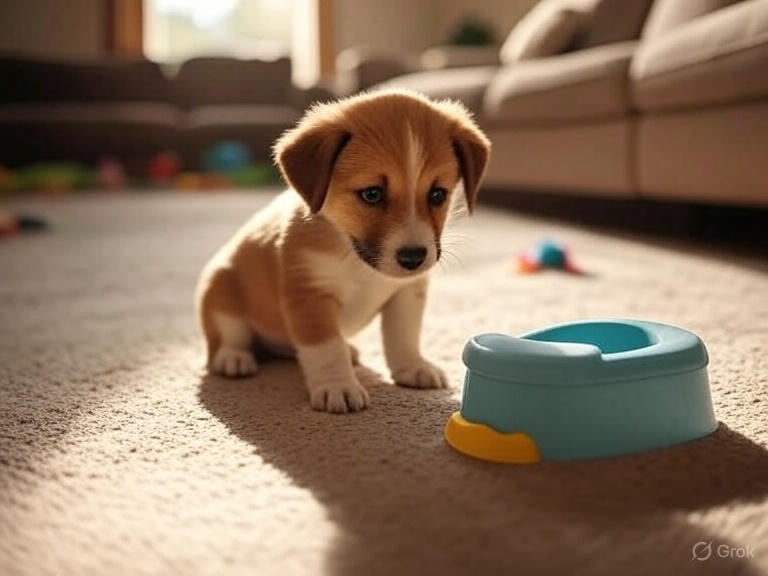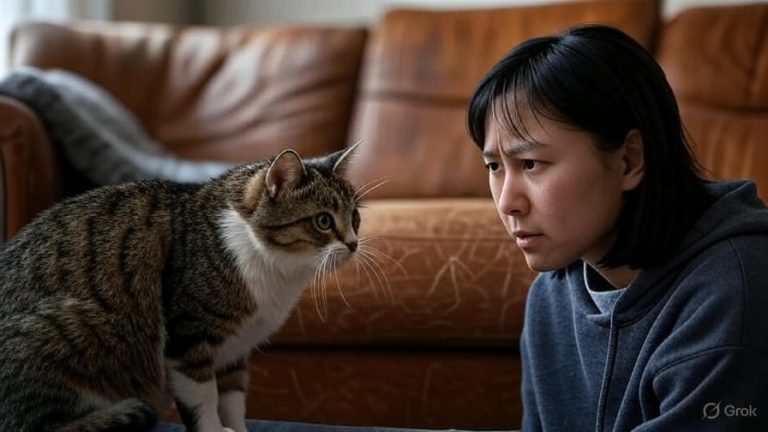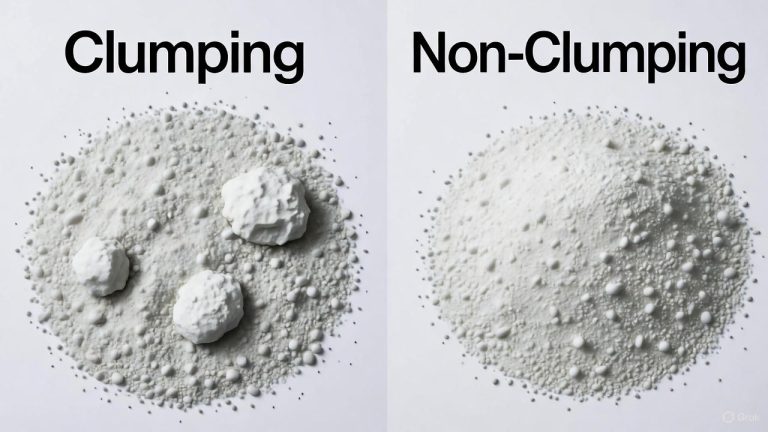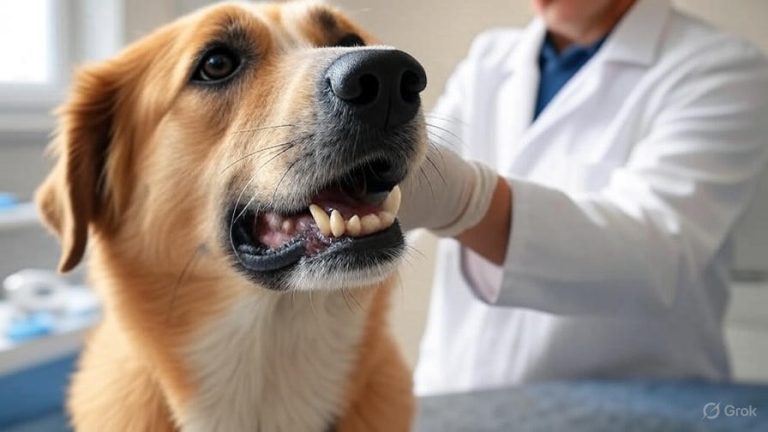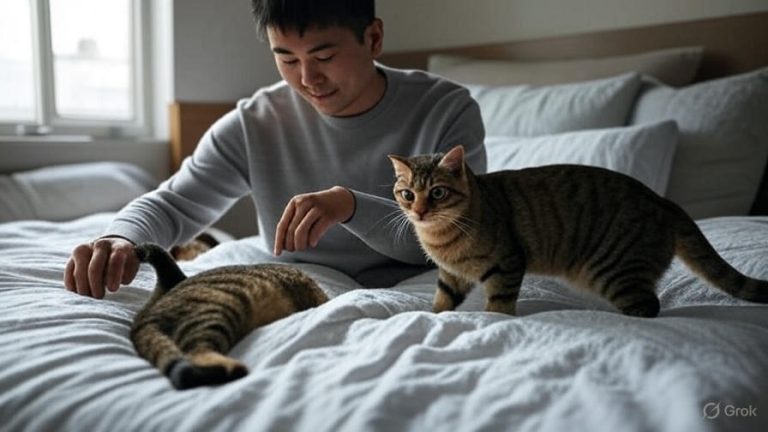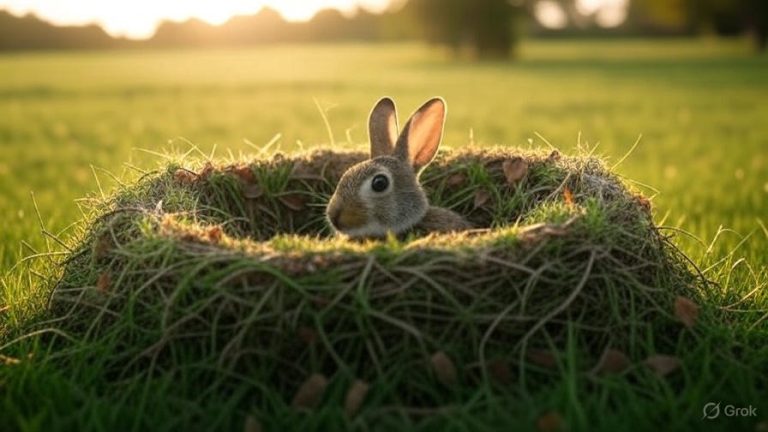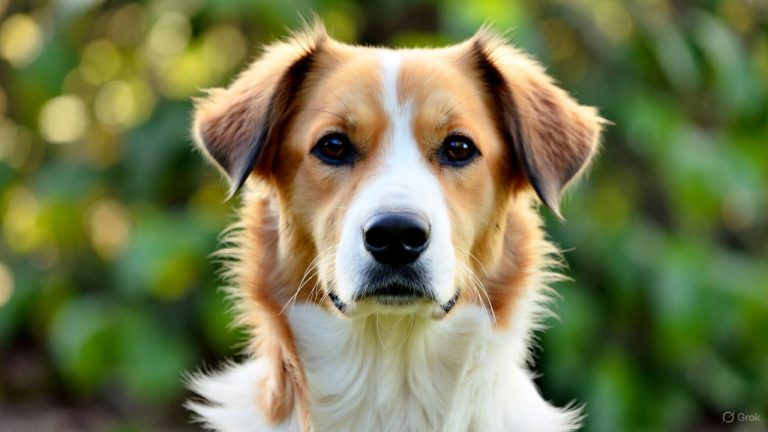How Long Does It Take to Potty Train a Puppy
Bringing home a new puppy fills your heart with joy, but it also brings one inevitable challenge: house training. Every new dog owner asks the same burning question: “How long does it take to potty train a puppy?” The answer isn’t as straightforward as you might hope, but understanding the process helps set realistic expectations and leads to faster success.
Most puppies require 4 to 6 months to become fully house trained, though some learn basic bathroom habits within just a few weeks. The timeline depends on several factors including your puppy’s age, breed, size, and your consistency with training methods. Some lucky owners see results in as little as 2-3 weeks, while others need to stay patient for up to 8 months.
Understanding Puppy Bladder Development
Young puppies can’t control their bladder muscles the same way adult dogs can. A puppy’s bladder control develops gradually as they grow. Generally, puppies can “hold it” for about one hour per month of age. This means a 2-month-old puppy needs bathroom breaks every 2 hours, while a 4-month-old can wait approximately 4 hours.
The physical development of bladder control plays a huge role in housebreaking success. Puppies under 12 weeks old have very limited control, which explains why accidents happen so frequently during early training. Their nervous system simply hasn’t matured enough to send clear signals between the brain and bladder.
Small breed puppies often take longer to house train than larger breeds because their tiny bladders fill up more quickly. A Chihuahua puppy might need outdoor trips every hour, while a Golden Retriever puppy of the same age can wait longer between breaks.
Age-Based Potty Training Timeline
8-12 Weeks: The Foundation Stage
During this critical period, puppies learn their first bathroom habits. Young puppies need constant supervision and frequent trips outside – sometimes every 30-60 minutes during waking hours. They can’t hold their bladder for more than 2-3 hours, even overnight.
Success during this stage means establishing a routine and preventing accidents rather than expecting perfect behavior. Your puppy is just beginning to understand the difference between appropriate and inappropriate elimination spots.
3-4 Months: Building Consistency
Puppies start showing better bladder control around 3-4 months old. They can begin to hold their bladder for 3-4 hours during the day and might sleep through the night without accidents. This stage focuses on reinforcing good habits and maintaining consistent schedules.
Many owners notice their puppy starts showing clear signals when they need to go outside. Whining, circling, sniffing, or heading toward the door becomes more obvious during this developmental phase.
4-6 Months: Approaching Reliability
Most puppies achieve basic house training reliability between 4-6 months of age. They understand where they should eliminate and can communicate their needs more clearly. Accidents become less frequent, though they still happen occasionally.
This stage requires continued consistency but feels much more manageable for dog owners. Your puppy’s schedule becomes more predictable, and you can start extending the time between potty breaks.
6+ Months: Fine-Tuning and Mastery
Puppies over 6 months old should have solid house training foundations. They can typically hold their bladder for 6-8 hours and rarely have accidents inside. Any remaining issues usually stem from incomplete training, medical problems, or behavioral challenges rather than physical limitations.
Factors That Influence Training Speed
Breed Characteristics
Certain breeds learn house training faster than others. Border Collies, German Shepherds, and Poodles often excel at house training because of their intelligence and eagerness to please. These working breeds typically grasp the concept within 4-8 weeks of consistent training.
Toy breeds like Yorkies, Maltese, and Pomeranians frequently take longer to house train. Their small size means tiny bladders that fill quickly, and their delicate nature might make them hesitant to go outside in cold or wet weather.
Hounds and terriers can be more challenging to house train because of their independent nature and strong hunting instincts. These breeds might get distracted outside and forget why they went out in the first place.
Size Matters
Large breed puppies often achieve house training success faster than small breeds. Their bigger bladders hold more urine, allowing longer periods between bathroom breaks. A Great Dane puppy might master basic house training in 6-8 weeks, while a Yorkie might need 4-6 months.
Small dogs also face unique challenges with house training. Indoor accidents seem less significant to tiny puppies because their small amounts of urine don’t create obvious messes. This can slow down the learning process because the consequences feel less immediate.
Previous Living Conditions
Puppies from reputable breeders who kept clean environments typically house train faster than those from puppy mills or neglectful situations. Clean living conditions teach puppies instinctive cleanliness habits that transfer to house training.
Rescue puppies or those with unknown backgrounds might need extra patience. They could have learned bad habits or never experienced proper house training guidance during critical developmental periods.
Owner Consistency
Your dedication and consistency directly impact how quickly your puppy learns. Puppies thrive on routine and clear expectations. Owners who maintain strict schedules, supervise closely, and respond immediately to signals see faster results than those with inconsistent approaches.
Working from home or having someone available for frequent potty breaks dramatically speeds up the training process. Puppies left alone for long periods can’t develop proper bathroom habits because they’re forced to eliminate indoors.
Effective House Training Methods
Crate Training Integration
Crate training works as a powerful house training tool because dogs naturally avoid soiling their sleeping area. A properly sized crate encourages bladder control and creates a safe space for your puppy when unsupervised.
The crate should be large enough for your puppy to stand, turn around, and lie down comfortably, but not so large that they can eliminate in one corner and sleep in another. Many crates come with dividers that let you adjust the space as your puppy grows.
Start with short crating periods and gradually increase the duration. Never use the crate as punishment, and always take your puppy directly outside after releasing them from the crate.
Establishing a Routine
Successful house training relies heavily on predictable schedules. Take your puppy outside first thing in the morning, after meals, after naps, after play sessions, and right before bedtime. Consistency helps your puppy’s body develop regular elimination patterns.
Feed your puppy at the same times each day to create predictable bathroom schedules. Most puppies need to eliminate 15-30 minutes after eating, so plan outdoor trips accordingly.
Keep a detailed log during early training to identify your puppy’s natural patterns. Note when accidents happen and when successful outdoor eliminations occur. This information helps you adjust the schedule for better results.
Positive Reinforcement Techniques
Reward successful outdoor eliminations immediately with treats, praise, and attention. The timing of rewards matters tremendously – praise your puppy while they’re still eliminating outside, not after they come back inside.
Use high-value treats that your puppy only receives for successful potty trips. Small, soft treats work best because your puppy can eat them quickly without getting distracted from the lesson.
Never punish accidents inside the house. Punishment creates fear and confusion that actually slows down the learning process. Clean up accidents thoroughly with enzymatic cleaners to remove odors that might attract repeat eliminations.
Supervision Strategies
Watch your puppy constantly during early training phases. Learn to recognize pre-elimination signals like sniffing, circling, whining, or moving toward doors. Interrupt these behaviors gently and immediately take your puppy outside.
Tether your puppy to you with a leash when inside to prevent them from wandering off and having accidents in other rooms. This technique, called umbilical cord training, keeps your puppy close enough for constant supervision.
Use baby gates to confine your puppy to easily monitored areas when you can’t provide full attention. Kitchen or bathroom areas with easy-to-clean floors work well for supervised free time.
Common Challenges and Solutions
Frequent Accidents Despite Consistent Training
If your puppy continues having frequent accidents after several weeks of consistent training, consider medical issues. Urinary tract infections, intestinal parasites, or other health problems can cause elimination difficulties.
Schedule a veterinary checkup to rule out medical causes for persistent accidents. Young puppies are susceptible to various health issues that affect bladder and bowel control.
Evaluate your cleaning methods if accidents occur in the same spots repeatedly. Use enzymatic cleaners specifically designed for pet odors, as regular household cleaners might not eliminate scents that attract repeat eliminations.
Regression After Initial Success
Many puppies experience temporary setbacks during house training. Stress from changes in routine, new environments, or family disruptions can cause previously house-trained puppies to have accidents again.
Return to more frequent potty breaks and closer supervision when regression occurs. Treat the situation like early training and gradually rebuild confidence and consistency.
Adolescent puppies between 6-12 months might test boundaries and deliberately break house training rules. Stay patient and consistent with consequences while maintaining positive reinforcement for good behavior.
Weather-Related Resistance
Some puppies refuse to eliminate outside during bad weather. Rain, snow, or extreme temperatures can make outdoor bathroom trips unpleasant for sensitive puppies.
Create sheltered outdoor areas or covered patios where your puppy can eliminate while staying somewhat protected from weather. Gradually expose your puppy to different weather conditions so they learn to go outside regardless of conditions.
Consider indoor alternatives like pee pads or artificial grass patches for emergency situations, but use them sparingly to avoid confusing your puppy about appropriate elimination locations.
Submissive or Excitement Urination
Some puppies urinate when excited, scared, or submissive. This involuntary behavior differs from house training accidents and requires different management approaches.
Avoid overwhelming greetings that trigger excitement urination. Keep arrivals calm and low-key until your puppy gains better emotional control.
Build your puppy’s confidence through positive training and socialization. Submissive urination often decreases as puppies mature and become more self-assured.
Signs Your Puppy Is Successfully House Trained
Reliable Signal Communication
Well-trained puppies develop clear ways to communicate their bathroom needs. They might sit by the door, ring bells, whine softly, or use other consistent signals when they need to go outside.
Pay attention to your puppy’s unique communication style and respond promptly to their signals. Ignoring signals can lead to accidents and confusion about communication expectations.
Extended Periods Without Accidents
True house training success means your puppy can go several hours without indoor accidents. Age-appropriate bladder control should match their physical development milestones.
Count consecutive accident-free days to track progress. Most experts consider puppies reliably house trained after 30 consecutive days without indoor accidents.
Appropriate Elimination Location Choices
Successfully trained puppies consistently choose appropriate outdoor locations for elimination. They understand the difference between indoor and outdoor spaces and prefer outdoor elimination.
Your puppy should willingly go outside for bathroom breaks without resistance or fear. They should eliminate promptly when taken to appropriate outdoor areas.
Maintaining Long-Term Success
Continued Routine Importance
Even fully house-trained dogs benefit from consistent routines. Maintain regular feeding and potty break schedules to prevent future accidents and keep your dog comfortable.
Life changes like moving, new family members, or schedule disruptions can trigger temporary house training setbacks even in well-trained dogs. Prepare for these challenges by maintaining as much routine as possible during transitions.
Advanced Training Considerations
Teach your house-trained puppy to eliminate on command using phrases like “go potty” or “hurry up.” This skill proves invaluable during travel, bad weather, or time constraints.
Consider teaching your dog to use different outdoor areas for elimination versus play. This distinction helps prevent conflicts between bathroom time and exercise time.
Health Monitoring
Continue monitoring your dog’s elimination habits throughout their life. Changes in frequency, consistency, or urgency can indicate health problems that need veterinary attention.
Senior dogs might experience house training challenges due to cognitive decline or physical limitations. Adjust expectations and provide additional support as needed.
Final Thoughts on Puppy House Training Timeline
House training your puppy requires patience, consistency, and realistic expectations. While most puppies achieve basic reliability within 4-6 months, every dog learns at their own pace. Focus on building positive habits rather than rushing the process.
Remember that accidents are part of learning, not failures. Stay positive, maintain consistent routines, and celebrate small victories along the way. Your dedication during these early months creates the foundation for a lifetime of good bathroom habits.
The investment in proper house training pays dividends for years to come. A reliably house-trained dog brings joy and companionship without the stress of indoor accidents. Trust the process, stay patient, and soon you’ll have a perfectly house-trained companion who knows exactly where and when to take care of business.

